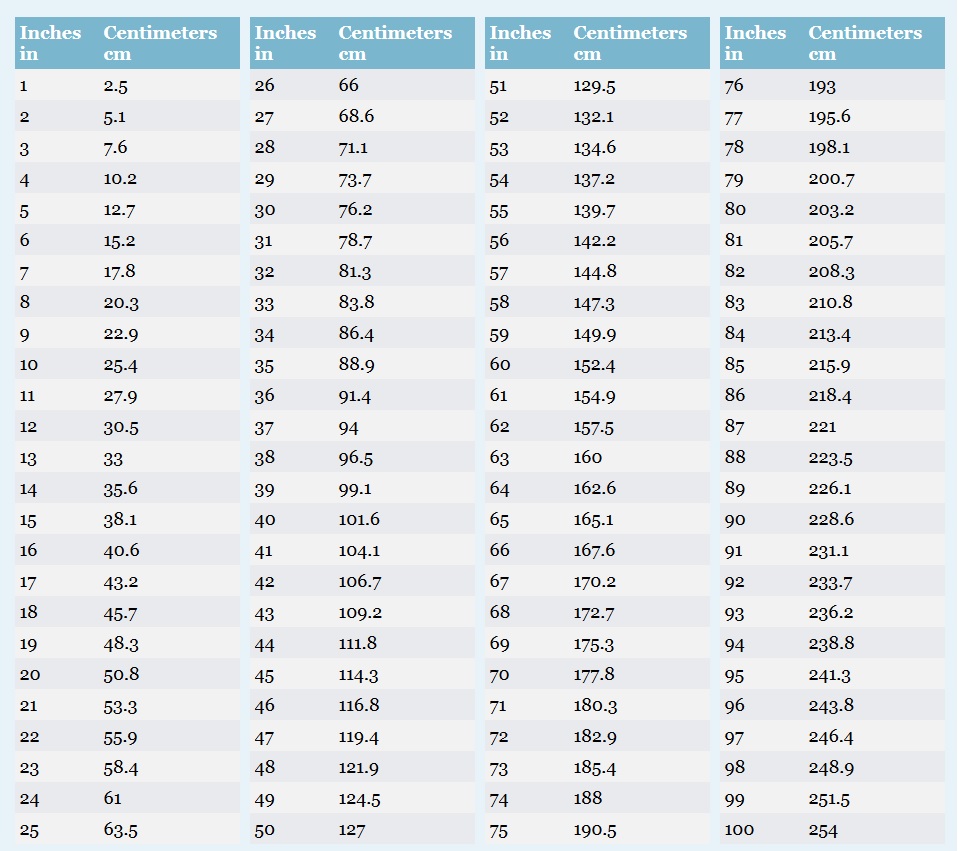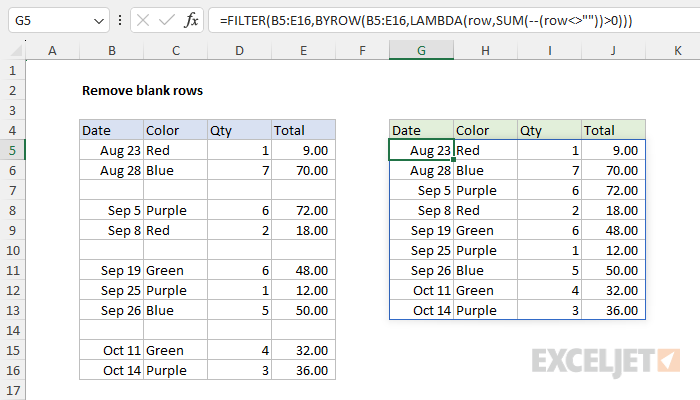Unveiling the Secrets of Level 10 Meetings
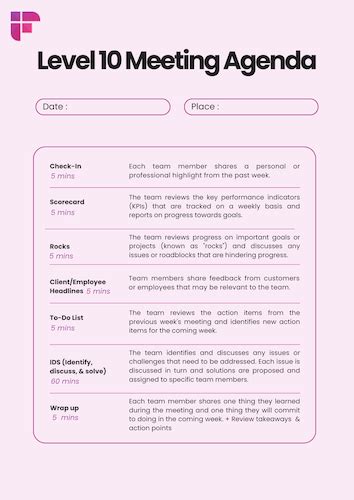
Welcome to an exclusive insight into the world of Level 10 Meetings, a revolutionary approach to team management and productivity. This concept, born from the mind of best-selling author and entrepreneur, Jocko Willink, has taken the business world by storm. In this article, we delve deep into the intricacies of Level 10 Meetings, exploring their origins, benefits, and the profound impact they can have on organizational success.
The Evolution of Level 10 Meetings

Level 10 Meetings, a brainchild of Jocko Willink, emerged from his extensive experience in the military and business sectors. Willink, a former Navy SEAL officer and co-founder of Echelon Front, recognized the need for a structured yet adaptable meeting framework that could enhance teamwork and decision-making. His vision was to create a meeting system that would elevate performance, foster accountability, and drive results.
The concept of Level 10 Meetings draws inspiration from Willink’s military background, where precise, efficient, and outcome-oriented strategies are essential for success. By adapting these principles to the corporate world, he aimed to revolutionize the way teams collaborate and achieve their goals.
The Core Principles
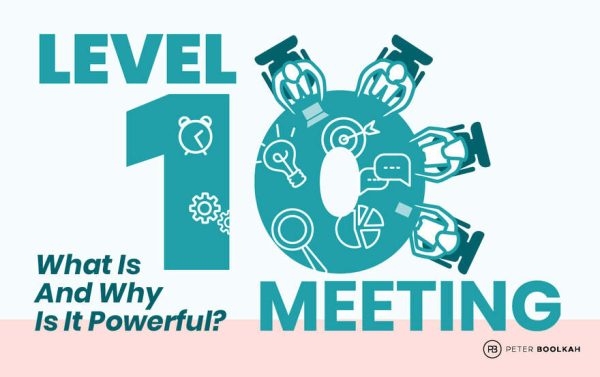
At the heart of Level 10 Meetings lie four key principles, often referred to as the 4 Levels of Operational Planning. These levels provide a comprehensive framework for teams to assess their performance, identify areas for improvement, and set actionable goals.
Level 1: People
The foundation of any successful team lies in its people. Level 1 focuses on assessing the strengths, weaknesses, and dynamics of the team members. This level encourages an honest evaluation of individual performance, fostering a culture of self-awareness and accountability. By understanding the capabilities and limitations of each team member, leaders can make informed decisions to optimize team performance.
Level 2: Process
Level 2 shifts the focus to the team’s processes and systems. Here, teams evaluate the efficiency and effectiveness of their existing workflows, identifying bottlenecks and areas for improvement. By fine-tuning their processes, teams can streamline their operations, reduce waste, and enhance productivity.
A key aspect of Level 2 is the implementation of Standard Operating Procedures (SOPs). These SOPs provide a clear roadmap for team members, ensuring consistency and reducing the margin for error. By documenting and refining their processes, teams can achieve higher levels of efficiency and predictability.
Level 3: Goals
Level 3 is all about setting clear, measurable goals. Teams assess their current performance against their desired outcomes, identifying any gaps or areas where they may be falling short. By defining specific, achievable goals, teams can align their efforts and work collaboratively towards a common vision.
Level 10 Meetings encourage the use of SMART goals - goals that are Specific, Measurable, Achievable, Relevant, and Time-bound. This approach ensures that goals are realistic yet challenging, providing a clear roadmap for team progress.
Level 4: Issues
Level 4 is dedicated to identifying and resolving issues that may hinder team performance. By actively discussing and addressing problems, teams can prevent them from escalating and impacting their overall success. This level fosters an environment of open communication and problem-solving, enabling teams to tackle challenges head-on.
One unique aspect of Level 10 Meetings is the “Parking Lot” technique. During the meeting, any issues that cannot be resolved immediately are “parked” for further discussion and action. This ensures that the team stays focused on the current agenda while also acknowledging and addressing ongoing challenges.
The Impact of Level 10 Meetings
The adoption of Level 10 Meetings has brought about significant transformations in organizations across various industries. Here’s a glimpse into the impact these meetings can have:
Enhanced Team Dynamics
Level 10 Meetings encourage open and honest communication, fostering a sense of trust and collaboration within teams. By regularly discussing performance, goals, and issues, team members develop a deeper understanding of their roles and the overall team objectives. This leads to improved teamwork, increased motivation, and a shared sense of responsibility.
Improved Decision-Making
Through the structured framework of Level 10 Meetings, teams make more informed and strategic decisions. By evaluating data, assessing performance, and setting clear goals, leaders and team members can align their decisions with the overall vision and strategy of the organization. This approach minimizes guesswork and ensures that decisions are grounded in facts and collective wisdom.
Increased Accountability
Level 10 Meetings promote a culture of accountability by holding team members responsible for their actions and results. By regularly assessing performance and setting specific goals, individuals are more motivated to deliver their best work. The meeting structure ensures that progress is tracked, and any deviations from goals are addressed promptly, encouraging a culture of continuous improvement.
Streamlined Operations
The focus on process improvement in Level 2 of these meetings leads to more efficient and effective operations. Teams identify and eliminate unnecessary steps, automate repetitive tasks, and optimize their workflows. This not only saves time and resources but also enhances overall productivity and quality of output.
Stronger Leadership
Level 10 Meetings empower leaders to guide their teams more effectively. By adopting a structured meeting framework, leaders can provide clear direction, facilitate open discussion, and make informed decisions. The meetings also offer an opportunity for leaders to lead by example, demonstrating their commitment to continuous improvement and accountability.
Implementing Level 10 Meetings: A Step-by-Step Guide
Implementing Level 10 Meetings is a strategic process that requires careful planning and commitment. Here’s a step-by-step guide to help you get started:
-
Assess Current Meeting Practices: Begin by evaluating your existing meeting structures and identifying areas for improvement. Are your meetings effective? Do they lead to actionable outcomes? Understanding your current meeting dynamics is crucial for a successful transition.
-
Educate Your Team: Introduce the concept of Level 10 Meetings to your team, explaining the benefits and impact it can have on their work. Provide them with resources, such as Jocko Willink's book "Extreme Ownership: How U.S. Navy SEALs Lead and Win", to deepen their understanding.
-
Define Meeting Objectives: Clearly outline the objectives of your Level 10 Meetings. Are you aiming to improve team dynamics, enhance decision-making, or streamline processes? Having defined objectives will guide the structure and focus of your meetings.
-
Establish a Meeting Cadence: Determine the frequency and duration of your Level 10 Meetings. Consider the needs of your team and the complexity of your projects. A weekly or bi-weekly meeting cadence is common, but it may vary based on your team's requirements.
-
Create a Meeting Agenda: Develop a structured agenda that aligns with the 4 Levels of Operational Planning. Ensure that each meeting covers all four levels, allowing for a comprehensive assessment of team performance.
-
Prepare Meeting Materials: Gather relevant data, reports, and resources that will facilitate meaningful discussions during the meeting. This may include performance metrics, process documentation, and goal tracking systems.
-
Conduct the Meeting: Facilitate the Level 10 Meeting, ensuring that it remains focused, efficient, and outcome-oriented. Encourage open dialogue, active participation, and a problem-solving mindset. Remember, these meetings are not just about discussing issues but also about finding solutions and taking action.
-
Follow Up and Action: After each meeting, ensure that the discussed actions and decisions are followed up on and implemented. Assign clear responsibilities and set deadlines for action items. Regularly track progress to maintain momentum and accountability.
-
Evaluate and Adjust: Continuously evaluate the effectiveness of your Level 10 Meetings. Seek feedback from team members and make adjustments as needed. Over time, you'll refine your meeting processes and see improvements in team performance and overall productivity.
The Future of Team Collaboration
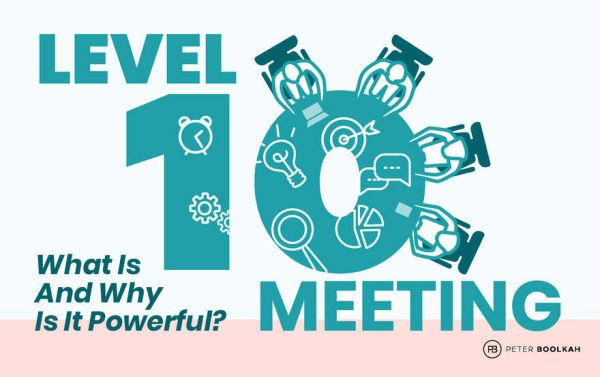
Level 10 Meetings represent a paradigm shift in team management and collaboration. By embracing this innovative approach, organizations can unlock their true potential, fostering a culture of excellence, accountability, and continuous improvement. As more businesses adopt these meetings, we can expect to see enhanced teamwork, improved decision-making, and unprecedented levels of success.
The journey towards Level 10 Meetings is an exciting one, offering teams the opportunity to reach new heights and achieve their full potential. With a structured yet adaptable framework, these meetings provide a powerful tool for leaders and teams to navigate the complexities of the modern business landscape.
How often should Level 10 Meetings be conducted?
+The frequency of Level 10 Meetings can vary depending on the needs of your team and the complexity of your projects. However, a weekly or bi-weekly cadence is common. It’s important to find a balance between regular check-ins and allowing sufficient time for team members to implement and evaluate their progress.
Can Level 10 Meetings be adapted for remote teams?
+Absolutely! Level 10 Meetings can be effectively conducted remotely using video conferencing tools and shared digital platforms. The key is to ensure that all team members have access to the necessary tools and that the meeting agenda is structured to facilitate remote collaboration and decision-making.
How do Level 10 Meetings differ from traditional team meetings?
+Level 10 Meetings differentiate themselves from traditional team meetings through their structured framework and focus on performance assessment, goal setting, and issue resolution. They encourage a culture of accountability, open communication, and continuous improvement, leading to more effective teamwork and decision-making.
